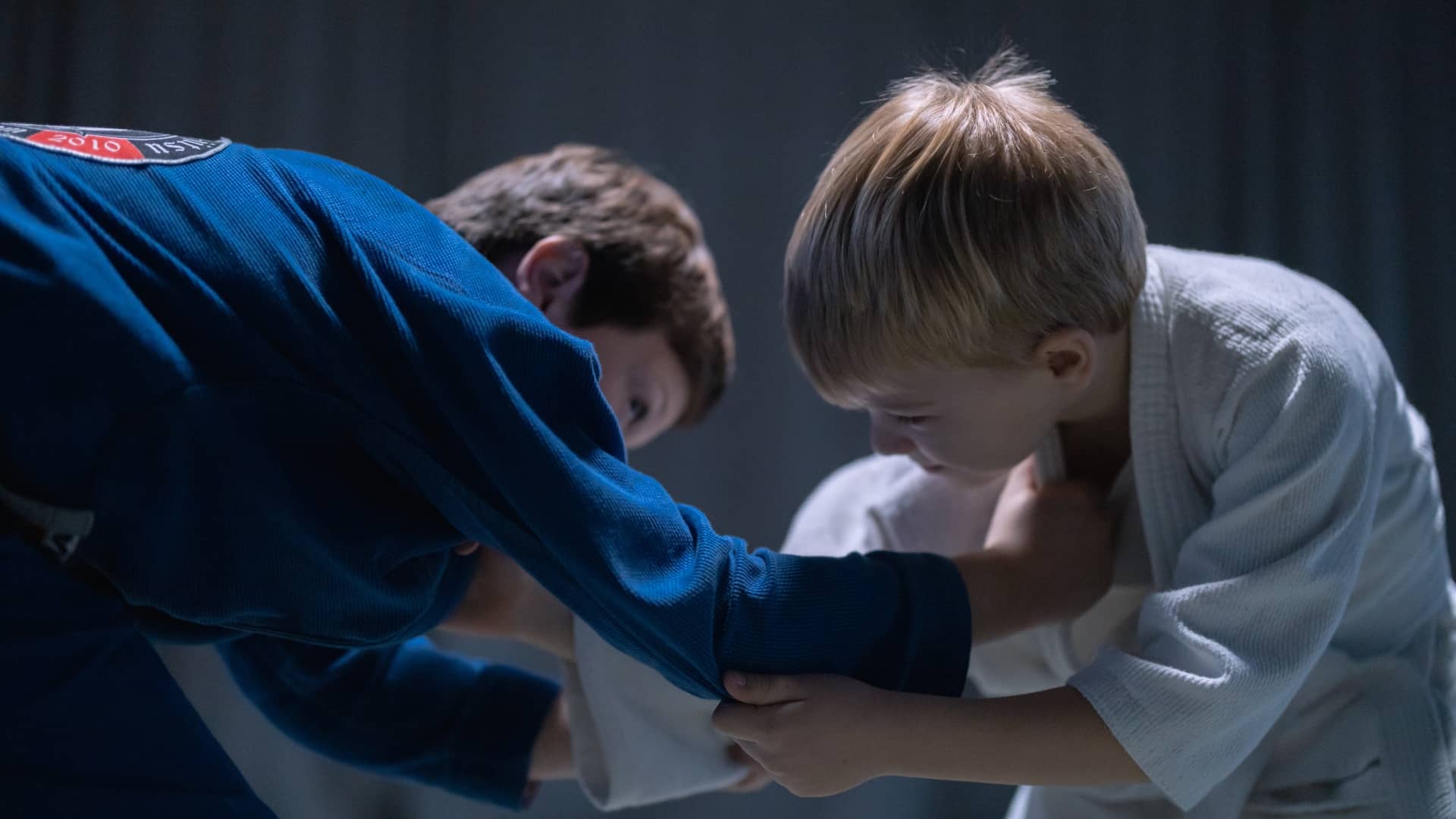If you are someone starting out in a combat sport like BJJ, there are some Basic BJJ moves that you should be knowing.
There are an infinite number of techniques and variations to master when it comes to BJJ. However, the good news is that the majority of them stem from a few fundamental movements.
You will progress faster if you focus on these fundamental BJJ moves that can be used for both attacks and defence. Here are five fundamental BJJ techniques that will help you progress from white belt to black belt courtesy of ONE Championship and EVOLVE MMA.
What are the basic BJJ Moves you should know?
- Forward and Backward rolls
- Bridging
- Shrimping
- Grips
- Passing Guard
Here is a detailed look at each move that we mentioned above.
Forward and Backward rolls
Forward and backward rolls are more than just a warm-up exercise; they are an essential component of any BJJ practitioner's game.
The ability to roll properly helps to reduce the impact and improve the safety of a competitor who has been thrown or swept. However, it also has offensive and defensive applications.
Tuck your head and roll over your shoulder instead of straight over your neck. You can escape bad positions, recover guard, or even roll into attacking manoeuvres by doing so.
Bridging
The bridge is another fundamental BJJ move that can be used in a variety of situations.
It is centred on a drive off the ground from your feet that raise your hips off the mat in an upward trajectory.
Bridging is most commonly seen in mount and side control escapes, but the forward hip motion is also used in various submission and passing attacks.
Shrimping
Shrimping is one of the most fundamental movements in grappling, and it is a fundamental move that every beginner in BJJ must master.
To shrimp, scoot your body across the floor in a "V" shape, pushing your hips away from you.
Shrimping involves turning onto your side so that your opponent cannot drive your back to the canvas. You then push away, taking advantage of the space between your hips and your opponent's hips.
The technique can be used to keep guard, escape side control and mount, and make space for sweeps and submissions.
Grips
Gripping is an important aspect of BJJ training. Many BJJ techniques will be difficult to execute if you don't understand how different grips work and how to properly grab limbs and other objects on the mat. Gripping is so important in combat sports that the term "hand fighting" is commonly used because it often determines who wins a given grappling exchange.
You won't have the iron grip that some of the more advanced students have when you first start training BJJ, but that will change with time. Regular BJJ training will significantly increase your grip strength, but you can speed things up by focusing specifically on your grip.
Another thing you must learn in your early BJJ training is how to grip things effectively. It's not about gripping things as tightly as you can, but about gripping things tightly enough that your opponent can't get away from you.
It's also important to know where to grab in the first place. If you don't know which part of your opponent's body or gi is easiest to control with your grip, your grip won't help you much. If you grab the wrong thing, you will not have enough leverage to control your opponent. In general, for maximum leverage, grab the lapel, elbows, sleeves, and wrists.
Passing Guard
Passing the guard is one of the first challenges that BJJ beginners face. It is arguably one of the most difficult things to learn in BJJ, and you will most likely spend a significant amount of your first few rolling sessions stuck on someone's guard.
The standing guard pass is one of the simplest ways to get past a person's guard. By standing up, you force your opponent to lower his guard. You then slide into side control by pinning one of your opponent's legs with your shin.
There are numerous other ways to get past someone's guard in BJJ, but the standing guard pass stands out because it is an effective technique even at the most advanced levels.
Passing the guard on your knees can be effective as well, but only against taller opponents or those with very strong legs.
Whatever method you choose to pass the guard, it is critical to begin learning the fundamental concepts and ideas underlying this important set of movements.
While these are the basic moves that would come in handy, you should understand that learning BJJ is a never-ending process. It is about patience and enjoying the process. When you are training BJJ, make sure that you do strength training for combat sports on the side to remain fit and use safety equipment like a mouthguard.








Leave a comment
Please login to leave a comment.